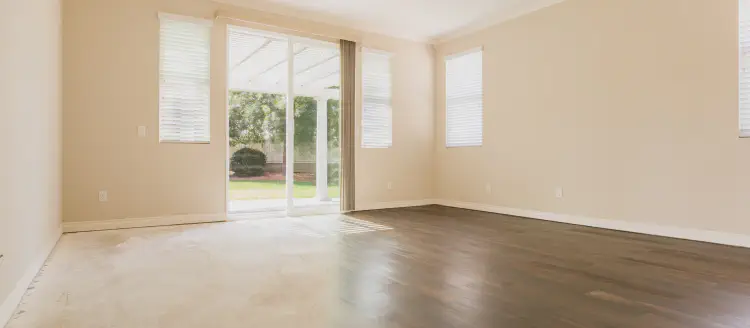
Hardwood Floor Installation
Introduction
Hardwood flooring is a timeless and durable choice that adds warmth and elegance to any home. However, installing hardwood floors requires careful planning, precision, and the right materials. This guide will cover the basics of hardwood floor installation, including how to determine if your home can benefit from hardwood floors, steps for a successful installation, and the importance of choosing the right materials. We’ll also explore common issues that arise during installation and share tips on when and why to seek professional help.
Determining if Your Floor Can Benefit from Hardwood
Before beginning an installation, it’s crucial to assess whether your space is suitable for hardwood flooring:
Subfloor Condition: The subfloor must be level, clean, dry, and structurally sound. Any imperfections can cause issues with the hardwood installation. Check for signs of moisture, as excessive moisture can lead to warping or buckling of the wood.
Climate Considerations: Hardwood flooring is sensitive to changes in humidity and temperature. Ensure that your home maintains a consistent indoor climate. Areas with high humidity or drastic temperature changes may require engineered wood or other moisture-resistant flooring options.
Room Usage: Consider the room’s purpose. Hardwood is ideal for living rooms, dining rooms, and bedrooms but may not be suitable for high-moisture areas like bathrooms or basements.
Ensuring a Successful Installation
Proper preparation and technique are key to a successful hardwood floor installation:
Acclimation: Hardwood flooring should acclimate to the room’s environment before installation. This typically involves leaving the wood in the room for at least 48-72 hours to adjust to the temperature and humidity levels.
Layout Planning: Plan the layout before you begin. Decide the direction of the planks, keeping in mind that running them parallel to the longest wall or the main light source is often aesthetically pleasing.
Proper Tools and Techniques: Use the right tools for cutting, measuring, and nailing the boards. Precision is crucial, so make sure each plank fits snugly without gaps.
Expansion Gaps: Wood expands and contracts with changes in humidity. Leave a small expansion gap (typically 1/4 inch) around the perimeter of the room to prevent the wood from buckling.
The Importance of Using the Right Materials
Choosing the right materials is essential for a durable and beautiful hardwood floor:
Quality Wood: Invest in high-quality hardwood that suits your aesthetic and functional needs. Oak, maple, and cherry are popular choices, each offering different grain patterns and hardness levels.
Underlayment: Use a suitable underlayment to provide a moisture barrier and reduce noise. This is particularly important for installations over concrete or in multi-level homes.
Fasteners and Adhesives: Depending on the installation method (nail-down, glue-down, or floating), choose the appropriate fasteners or adhesives. High-quality materials will ensure a secure and long-lasting installation.
Practical Tips and Common Issues
Measure Twice, Cut Once: Accuracy in measurement and cutting is vital to avoid costly mistakes.
Avoid Direct Sunlight: Prolonged exposure to direct sunlight can cause hardwood floors to fade. Consider using window coverings to protect your investment.
Dealing with Moisture: Always test the moisture levels of the subfloor before installation. Excess moisture can lead to significant issues like mold or warping.
Maintenance Considerations: After installation, regular maintenance such as sweeping, mopping with a damp cloth, and using appropriate wood cleaners will keep your floor in top condition.
Common issues during installation include uneven subfloors, misaligned boards, and moisture-related problems. Address these issues promptly to ensure a smooth installation process.
When and Why to Seek Professional Help
While DIY installations can be rewarding, there are times when it’s best to consult a professional:
Complex Layouts: If your room has an irregular shape, complex patterns, or requires custom cuts, a professional installer can ensure precise results.
Moisture Concerns: Professionals have the tools and expertise to properly assess and mitigate moisture issues, preventing future problems.
Time Constraints: A professional team can complete the installation more quickly, minimizing disruption to your home life.
Hiring a professional service like 3 Star Hardwood Floor ensures that your hardwood floor installation is done with the highest standards of quality and craftsmanship.

